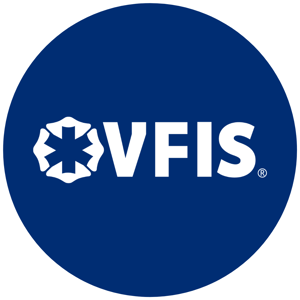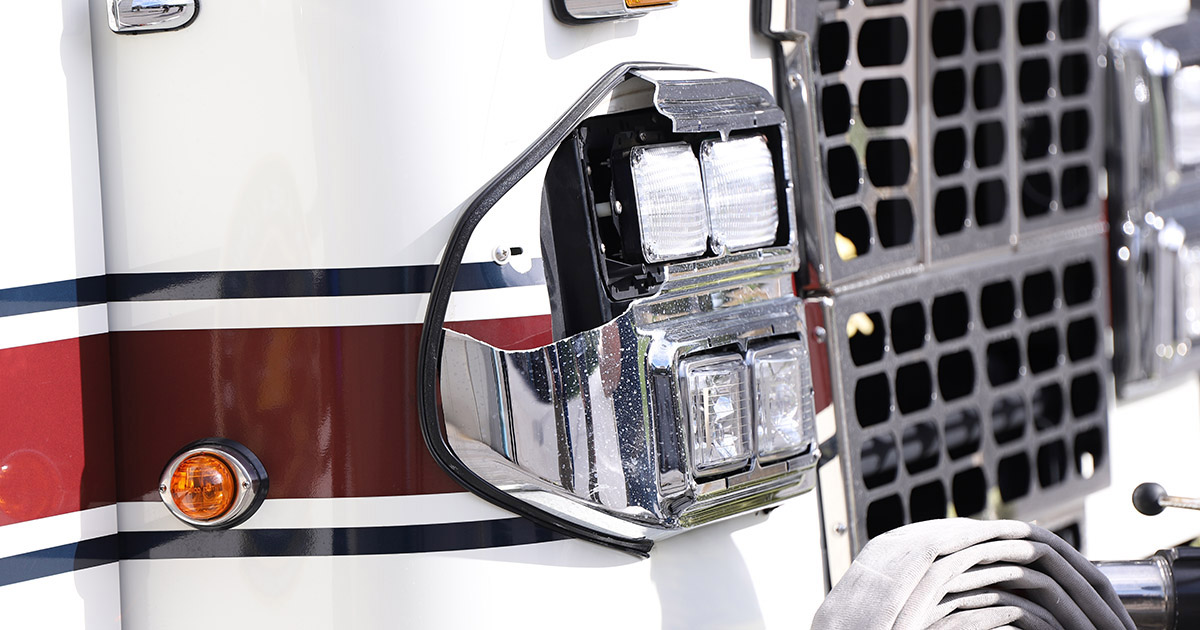Grant Writing 101: 3 steps to help your fire department or EMS agency to write impactful grant proposals
Lacking life-saving equipment? Want to install new smoke alarms across your community? Would a mobile fire training unit be helpful for your rural volunteer fire department? Could you use a reputation management firm to help you recruit? Do you need to hire more people in order to help keep your community safe?
For every challenge that your organization might face, there’s usually another major hurdle – funding.
One source of funding that many emergency service organizations may overlook or not utilize to their fullest potential are grants. There are many private and public grants programs available but some agencies don’t seek them out because proposals can be time-consuming, grant writers are an extra expense or they don’t know where to start. But the impact a single grant could have could go far beyond a few hours of work or the cost of a grant writer (just federal programs have averaged around $700 million a year in funding!), and we’re here to help you get started.

1. Assess your needs and look for related opportunities.
The key to making grants fruitful for your organization is to start by looking at your high-priority needs – assess which projects would result in the greatest positive impact for your department and the community.
After you’ve narrowed down your focus, do some digging online and ask around to find a program that meets your needs or a group that aligns with your mission, like a fire prevention grant.
Public grants are developed by Congress so they typically address issues like emergency preparedness, public safety and community education. Private grants – which are your largest source of possible support – come from a wide-variety of organizations and typically provide grants that align with their goals like health or education.
2. Learn, lots.
The grant proposal process starts with education – for both you and the organization you’re requesting funds from. Start by taking a deeper look into the organization that’s providing the grant.
Learn what might motivate their decision by asking:
- What are the goals of the organization?
- How do these goals align with our needs?
- What projects have they supported in the past?
- Who’s eligible for grants – and are we included?
- What are their grant rules and regulations?
- What information will we need to complete the grant application?
Once you’ve confirmed that the grant is a good fit for you, you’ll need to educate your audience on why your department needs the funds and how those funds will make a positive impact.
Whereas organizations who work exclusively with with emergency service and fire service grants, like the Assistance to Firefighters Grant Program (AFG), understand your challenges and operations – that won’t be the case for the general public.
Most people see you responding to calls, fighting fires and saving lives – but they lack knowledge of the time and resources that also go into training your members, advocating for community safety, providing fire prevention resources and recruiting new members. And without a true understanding – your efforts could fall flat. So take time to evaluate what information would be helpful for them to know and how you can best demonstrate it.
You can also do research to see what relationships you can build with other groups that may not be able to provide funds but could serve as a helpful resource or partner – like business groups, local media or partner agencies.
3. Tailor your application.
Based on who’s going to review your application, guidelines of the grant provider and shared goals – it’s time to tailor your proposal. You’ll need technical data – like call volume and amount of members – but you’ll also need a story-driven narrative to help address your specific problem.
Your proposal should answer:
- The problem. What do you need?
- The impact. How’s this problem relevant to the organization that’s providing the grant and the greater community?
- The solution. What are you asking for? How will it help? Why do you need the grant? Are other community partners involved?
- The budget. How much will this cost – including equipment, personnel time and other services? Why does your organization need outside funding?
To help increase your chances of success or determine how your efforts will be best spent, you may want to consider hiring a grant writer to prepare or review your proposal.
No matter what – be sure to keep the information accurate, share as many details as you can in order to show the need, have an original story, speak to your audience and stay professional!
This article includes key points from the VFIS Basic Guide to Grants for Emergency Service Organization Handbook developed by Firehouse Grants. For more grant assistance tools and tips for firefighters, visit their website at FirehouseGrants.com. If you’re still on the fence about grant writing, check out the success stories on how grants have made a positive impact for other agencies and volunteer fire departments on fema.gov.
When it comes to volunteer fire department funding, what has your crew found to be the most important aspect? Let us know in the comments below!
DISCLAIMER
The information contained in this blog post is intended for educational purposes only and is not intended to replace expert advice in connection with the topics presented. Glatfelter specifically disclaims any liability for any act or omission by any person or entity in connection with the preparation, use or implementation of plans, principles, concepts or information contained in this publication.
Glatfelter does not make any representation or warranty, expressed or implied, with respect to the results obtained by the use, adherence or implementation of the material contained in this publication. The implementation of the plans, principles, concepts or materials contained in this publication is not a guarantee that you will achieve a certain desired result. It is strongly recommended that you consult with a professional advisor, architect or other expert prior to the implementation of plans, principles, concepts or materials contained in this publication.
This blog post may contain the content of third parties and links to third party websites. Third party content and websites are owned and operated by an independent party over which Glatfelter has no control. Glatfelter makes no representation, warranty, or guarantee as to the accuracy, completeness, timeliness or reliability of any third party content. References to third party services, processes, products, or other information does not constitute or imply any endorsement, sponsorship or recommendation by Glatfelter, unless expressly stated otherwise.
Related posts
We asked 10 members of our VFIS Team to name one auto-related risk that they believe is underdiscussed in fire and EMS agencies. Here’s what they said.
Most volunteer fire departments rely heavily on POVs, but there are inherent risks you should know.
Establish a Emergency Vehicle Operations Program that includes driver/operator requirements to help ensure your vehicles are in the right hands.










Submit a Comment